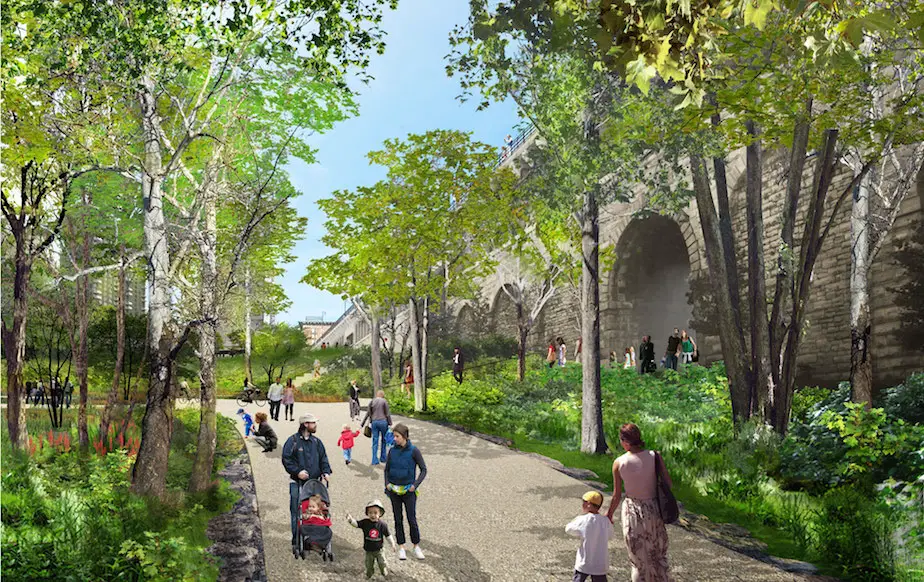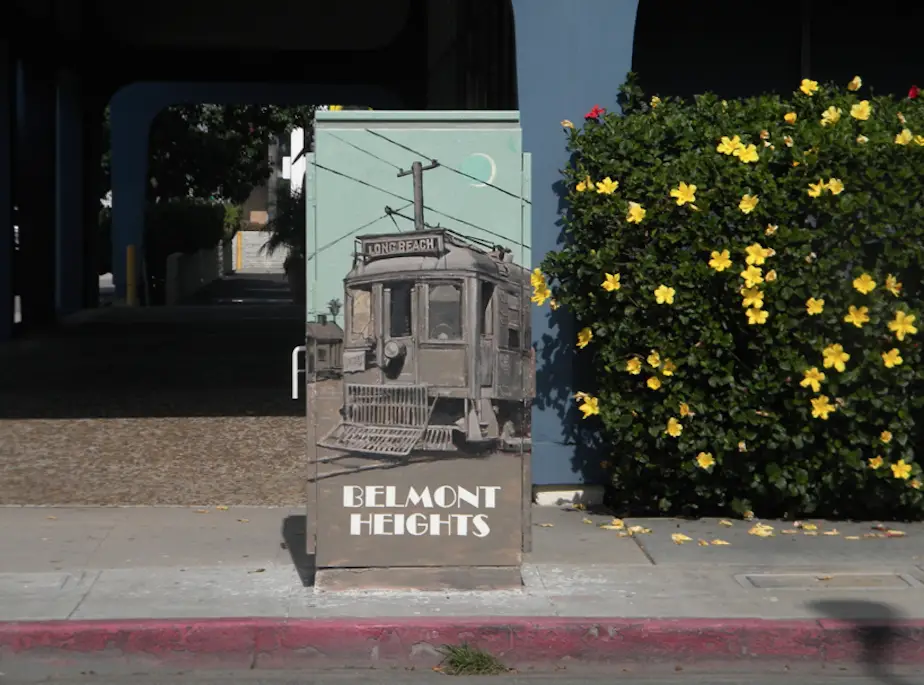Typically “fungus” and “building” are not words people like to hear together. While we were busy scrubbing the black mold off our bathtubs, David Benjamin, head of the New York architectural firm The Living, was designing the Hy-Fi, a 40-foot-tall circular fungal tower, and potential precursor for more eco-friendly skyscrapers.
As the winner of MoMA’s annual Young Architects Program (YAP), Benjamin will exhibit the Hy-Fi in the courtyard at MoMA’s satellite art and event space PS1 in Queens starting late June. Now in its 15th season, YAP’s theme this year is sustainability and recycling. YAP also wanted a design that would provide shade, seating, and water for attendees of MoMA PS1’s 2014 Warm Up summer music series. Benjamin prevailed with a design he claims will generate no waste, requires no energy, and is 100% organic.

Benjamin bioengineered porous bricks composed of locally grown mycelium (mushroom roots) and corn stalks, applying a process developed for eco-friendly packaging by New York material science company Ecovative in 2007. When combined, the mycelium and corn stalks mold themselves into the shape of their container, in this case a brick.
“We thought Benjamin’s use of a material which is typically used for packaging was really forward-thinking,” said Pedro Gadanho, Curator for Contemporary Architecture at MoMA and organizer of YAP, which now runs other competitions in Santiago, Istanbul, and Rome. “The Hy-Fi is a first step towards looking at how pre-existing organic materials could be made more accessible for architectural purposes.”

To create the Hy-Fi, the fungus bricks will be placed at the bottom the structure, while a second kind of reflective bricks, created with a daylighting mirror film devised by 3M, will be placed at the top. The reflective bricks will focus the light down the tower to create a kind of supersized petri dish, encouraging the mycelium to grow and the bricks to solidify and bond together.
“I believe we should approach sustainability as an architectural experiment,” said Gadanho, “This material could become a staple for building in places where resources are very limited. It could be transformative.”


